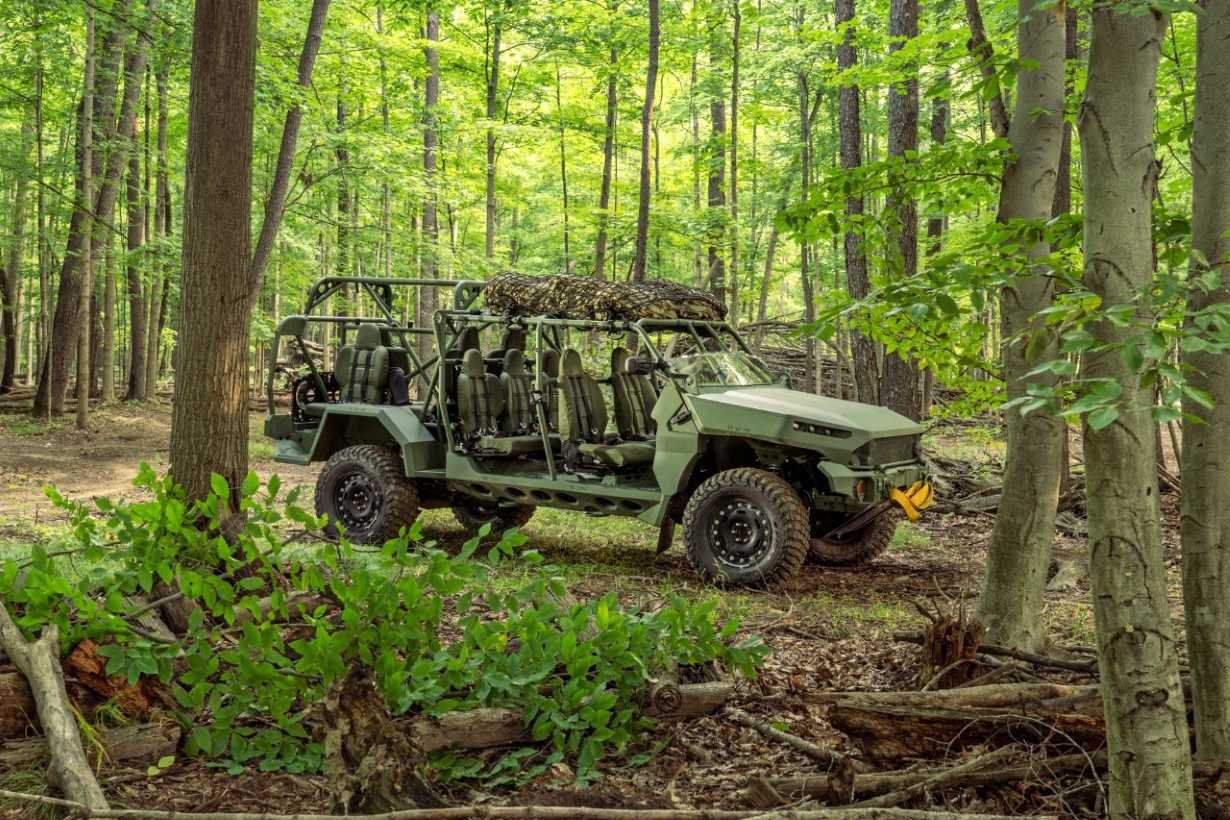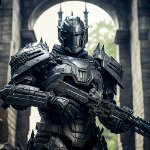U.S. Army Unveils New Mobile Brigade Model with Transformation of 81st Stryker Brigade
In a strategic pivot toward faster and more adaptable ground forces, the U.S. Army has launched a major overhaul of the Washington-based 81st Stryker Brigade Combat Team, transitioning it into the military’s first Mobile Brigade Combat Team (MBCT). This historic redesign, announced at the end of October 2025, signals a broader shift in Army doctrine amidst evolving threats and complex multi-domain operational environments.
Embracing Mobility Over Armor
The transformation, centered at Joint Base Lewis-McChord, is ushering out the brigade’s signature Stryker 8x8 armored vehicles, replacing them with Infantry Squad Vehicles (ISVs) engineered through collaboration between GM Defense and Polaris. Unlike the armored Strykers, ISVs are lightweight, unarmored, and optimized for rapid movement and low detectability. The ISV—a nine-passenger tactical vehicle based on the Chevrolet Colorado ZR2 platform—can be swiftly airlifted or sling-loaded by helicopters, giving ground units unmatched flexibility for quick deployments, even in the world’s most austere theaters.

Measuring under 2,270 kilograms (5,000 pounds), the ISV’s agility and reach—over 500 kilometers (310 miles) at speeds of more than 110 km/h (68 mph)—make it an ideal asset for terrain where infrastructure is sparse and heavy armor impedes maneuverability. By emphasizing mobility, dispersion, and speed, the Army aims to boost tactical survivability against adversaries equipped with long-range fires and sophisticated reconnaissance.
Integrating Robotics and Digital Command
The new MBCT structure is not simply about fielding lighter vehicles. It represents a paradigm shift in combined-arms warfare that prioritizes digital integration and autonomous support systems. Plans call for the brigade to operate alongside robotic ground vehicles for logistics and reconnaissance, employ small tactical drones for continuous battlefield awareness, and network sensors to sustain digital connectivity, even in communications-denied environments.
These advances are part of the Army’s “Transforming in Contact” doctrine, which tilts the balance away from traditional armor mass toward fast, dispersed formations powered by real-time data fusion and robotic support. As the first unit to implement this approach, the 81st Brigade is set to validate new tactics, experiment with unmanned systems, and refine the operational model for the next generation of Army brigades.
Strategic Implications for Global Deployment
The MBCT’s rapid-deployment capability aligns closely with contemporary U.S. and NATO defense priorities—particularly in regions like Eastern Europe, the Arctic, and the Indo-Pacific, where the ability to project force quickly can be decisive. Unlike heavy armored brigades, the ISV-equipped unit can be transported via C-130 aircraft and operate with self-sufficiency in environments with limited infrastructure. This flexibility supports fast reinforcement of allies and enables forward deterrence without the substantial logistical footprint of traditional armored forces.
A Pioneering Unit at the Forefront of Change
The 81st Brigade’s transformation marks its third major organizational evolution since the early 2000s, having previously shifted from an armored to a Stryker brigade before embracing the current mobile combat concept. As the Army’s pilot MBCT, the 81st will play a critical role in shaping future force designs, providing essential feedback on doctrine, technology integration, and operational effectiveness in the field.
Redefining Combat for the Modern Battlefield
Ultimately, the conversion of the 81st Stryker Brigade reflects the U.S. Army’s commitment to adapting its fighting forces for high-intensity, technologically charged conflicts. In the age of near-peer competitors who wield advanced ISR, electronic warfare, and missile capabilities, speed, agility, and digital proficiency are increasingly vital. The Mobile Brigade Combat Team initiative is set to redefine how the Army maintains its tactical edge—and how U.S. ground forces will fight and survive on tomorrow’s battlefields.





Recommended Comments
There are no comments to display.